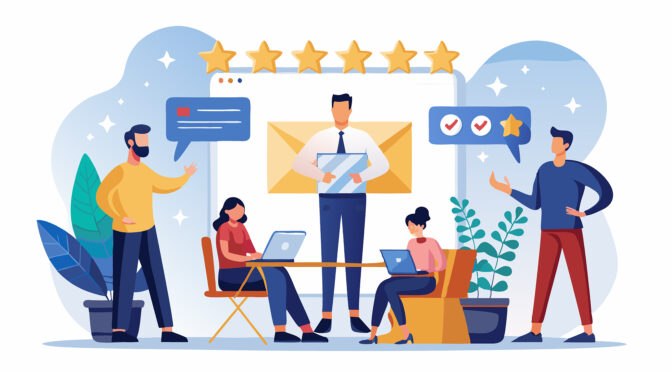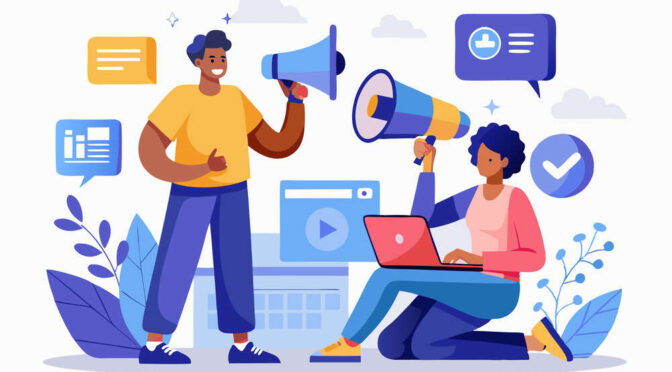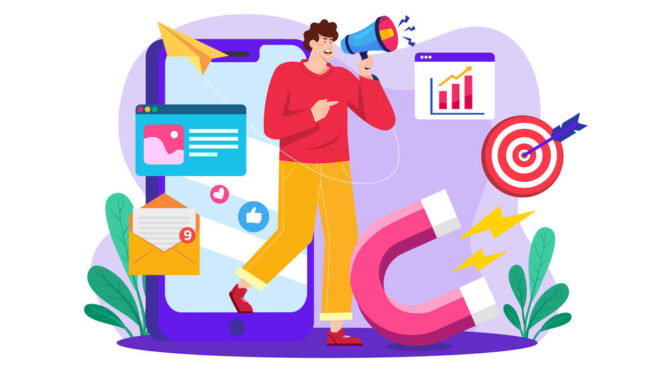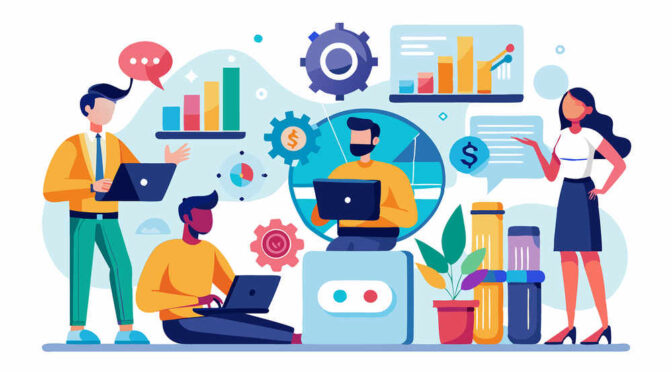Why AI-Powered Customer Engagement is the Future of B2B Growth
Building strong customer relationships isn’t just a competitive advantage—it’s the foundation of long-term success. In today’s fast-moving digital landscape, AI-driven customer engagement platforms (CEPs) are revolutionizing B2B marketing by automating interactions, personalizing outreach, and optimizing every touchpoint for maximum impact.
By leveraging AI, businesses can predict customer needs, automate complex workflows, and scale personalized experiences—leading to increased engagement, higher conversion rates, and sustained revenue growth. Let’s dive into how AI-powered CEPs can transform your marketing strategy.
What is an AI-Driven Customer Engagement Platform?
An AI-powered Customer Engagement Platform integrates artificial intelligence, automation, and real-time data to streamline and enhance customer interactions across multiple channels. These platforms centralize customer insights, automate engagement strategies, and provide predictive analytics to help businesses anticipate needs and deliver hyper-personalized experiences.
Why AI-Enhanced CEPs Are Essential for B2B Growth
- Predictive Analytics: AI algorithms analyze customer data to forecast behaviors and recommend optimized engagement strategies.
- Automated Personalization: Machine learning refines messaging in real-time, delivering hyper-relevant content at scale.
- Omnichannel Optimization: AI unifies customer interactions across email, social media, chat, and CRM for a seamless experience.
- Increased ROI: Businesses leveraging AI-driven CEPs see up to a 123% increase in marketing ROI through improved targeting and automation.
Key AI Features Transforming Customer Engagement
AI-Powered Personalization at Scale
Traditional marketing often struggles with mass personalization, but AI-driven CEPs dynamically tailor content, recommendations, and outreach based on customer behaviors, past interactions, and predictive analytics.
🔹 Example: AI-driven email marketing tools can personalize subject lines, content, and send times based on engagement history, boosting open rates by 45% or more.
Predictive Customer Insights for Proactive Marketing
AI analyzes historical data to predict customer behavior, allowing marketers to take a proactive approach rather than reacting to trends.
🔹 Example: AI can identify when a lead will most likely convert and automatically trigger a personalized email sequence, improving lead nurturing efficiency.
Intelligent Workflow Automation
AI eliminates repetitive tasks by automating email sequences, follow-ups, lead scoring, and chatbot interactions—freeing up your sales and marketing teams for high-value tasks.
🔹 Example: AI-driven chatbots qualify leads in real-time, book meetings, and even personalize responses based on past interactions.
AI-Optimized Multi-Channel Engagement
Consistency across all touchpoints is crucial. AI ensures that whether a customer engages via social media, email, or live chat, they receive a seamless and context-aware experience.
🔹 Example: AI-powered sentiment analysis can detect customer frustration in emails or chats and escalate issues to human agents before they churn.
Industry Applications of AI-Driven CEPs
B2B SaaS & Tech
- AI-powered lead nurturing sequences predict the best time to follow up with prospects.
- Automated onboarding workflows improve user adoption and retention.
E-Commerce & Retail
- AI-driven product recommendations boost cross-sell and upsell opportunities.
- Abandoned cart emails are triggered based on individual browsing behavior.
Professional Services
- AI analyzes client interactions to suggest optimal follow-up times and content.
- Predictive analytics improve contract renewal and customer retention strategies.
Measuring the Impact of AI-Powered CEPs
Key Performance Indicators (KPIs) to Track:
- Engagement Metrics: Open rates, click-through rates, and time spent on content.
- Conversion Rates: AI-optimized personalization drives higher sales conversions.
- Customer Lifetime Value (CLV): AI-powered retention strategies boost long-term revenue.
- Operational Efficiency: AI automation reduces time spent on repetitive tasks by 40% or more.
Choosing the Right AI-Powered Customer Engagement Platform
Factors to Consider:
✅ AI & Automation Capabilities: Ensure the platform offers real-time predictive analytics and automated workflows.
✅ Seamless Integrations: The platform should connect with your existing CRM, email marketing tools, and sales automation software.
✅ Scalability: As your business grows, your CEP should evolve with you.
✅ Ease of Use: A user-friendly interface ensures smooth adoption and efficiency.
Top AI-Driven Customer Engagement Platforms:
- HubSpot AI-Powered CRM – Automates email sequences, lead scoring, and predictive analytics.
- Drift AI Chatbots – Engages and qualifies leads in real-time.
- Marketo Engage – AI-driven personalization and multi-channel engagement.
The Future of AI in Customer Engagement
With advancements in AI and machine learning, the future of customer engagement will focus on hyper-personalization, real-time data-driven insights, and autonomous marketing operations. Today, businesses that adopt AI-powered CEPs will stay ahead of the curve—outperforming competitors and driving sustainable growth.
Ready to harness the power of AI-driven customer engagement? Contact DemandLoft today and let’s scale your B2B growth with cutting-edge AI automation!










